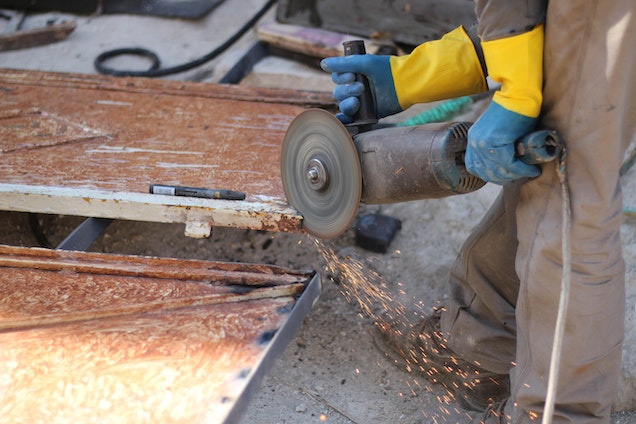Introduction
In the world of crafting, fabric is a versatile and widely-used material. Whether you’re a seasoned seamstress, a quilter, or a DIY enthusiast, precise fabric cutting is essential for creating beautiful and professional-looking projects. Traditional scissors can get the job done, but they often lack the accuracy and efficiency that a fabric cutter provides. In this blog, we’ll delve into the world of fabric cutters, exploring their various types, benefits, and how they can make your crafting endeavors smoother and more enjoyable.
I. The Different Types of Fabric Cutters
Fabric cutters come in various forms, each tailored to specific crafting needs. Here are some of the most common types:
- Rotary Cutters: Rotary cutters are a popular choice for quilters and sewists. They consist of a circular blade attached to a handle. The blade can be easily replaced when it becomes dull. Rotary cutters offer precision, making them ideal for straight lines and curved cuts.
- Electric Fabric Cutters: Electric fabric cutters are the modern alternative to manual tools. They are powered by electricity and can make short work of cutting through multiple layers of fabric. These cutters are great for heavy-duty projects and large quantities of fabric.
- Scissors: Although traditional scissors may not offer the same precision as rotary cutters or electric fabric cutters, they are still a valuable tool for small, detailed cuts. Specialty fabric scissors, like pinking shears, are designed for specific purposes.
- Die Cutting Machines: Die cutting machines, such as the Cricut Maker and Silhouette Cameo, have gained popularity for their versatility. While primarily designed for paper crafts, these machines can be adapted for fabric cutting by using fabric-specific blades and mats.
II. The Benefits of Fabric Cutters
Fabric cutters offer numerous advantages that can significantly enhance your crafting experience:
- Precision: Fabric cutters provide precise, clean cuts, reducing the risk of jagged edges or uneven lines. This is especially important for sewing and quilting, where accuracy is key.
- Time Efficiency: Electric fabric cutters and rotary cutters can speed up the cutting process. They effortlessly handle multiple layers of fabric, saving you time and effort.
- Reduced Hand Fatigue: Manual scissors can lead to hand fatigue and discomfort, especially during long crafting sessions. Fabric cutters are ergonomically designed to minimize strain on your hands and wrists.
- Versatility: Some fabric cutters can be used with various materials, not just fabric. This versatility makes them an attractive option for multi-purpose crafting.
- Less Waste: Precise cuts mean less fabric wastage, which can be particularly important if you’re working with expensive or limited-edition materials.
III. Choosing the Right Fabric Cutter
Selecting the right fabric cutter depends on your specific crafting needs and budget. Here are some factors to consider:
- Type of Projects: Determine the primary types of projects you’ll be working on. If you’re a quilter, a rotary cutter is a must. For heavy-duty projects, an electric fabric cutter might be more suitable.
- Budget: Fabric cutters vary in price, so set a budget and stick to it. Consider the long-term savings in terms of reduced fabric wastage and time efficiency.
- Blade Replacement: Check if replacement blades are readily available for your chosen cutter, and factor in the cost of replacements over time.
- Ergonomics: If you have any physical limitations, pay attention to the ergonomics of the cutter’s handle. A comfortable grip is crucial for extended crafting sessions.
- Brand and Reviews: Read reviews and seek recommendations from fellow crafters to help you make an informed decision. Recognized brands often offer better quality and customer support.
